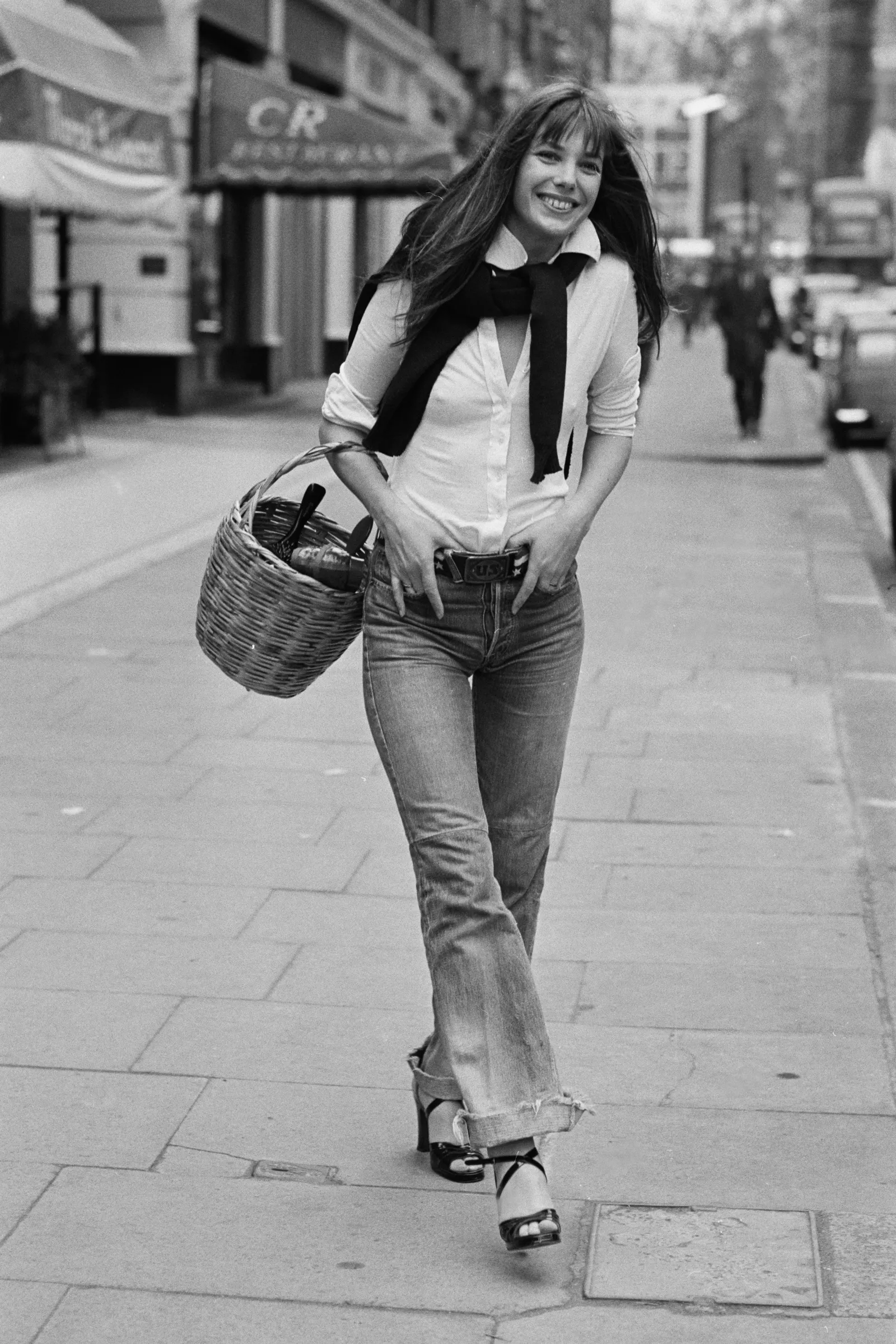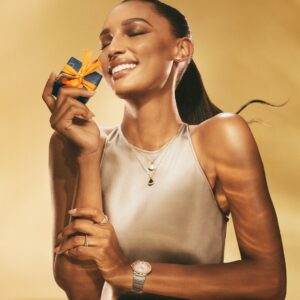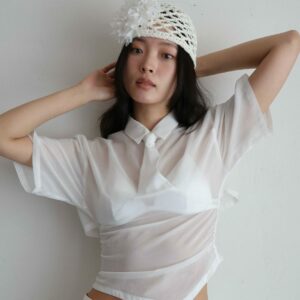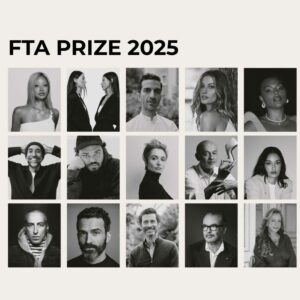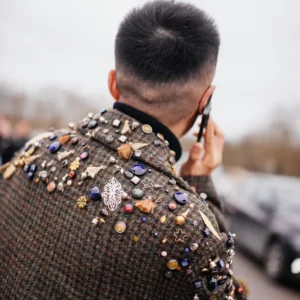Once upon a time, being an It Girl meant being, not branding. You didn’t have to post a get-ready-with-me. You just got ready. You didn’t need a link to your favourite lip balm in bio—your pout was the trend. Think Jane Birkin in a white tee and basket bag. Princess Diana in her off-duty sweatshirt and cycling shorts, stalking landmines by day, breaking hearts by night. The original Sloane Rangers—demure, dishevelled, and permanently fresh out of a week in the Cotswolds.
They were icons, not influencers. They left an impression, not a Pinterest board.
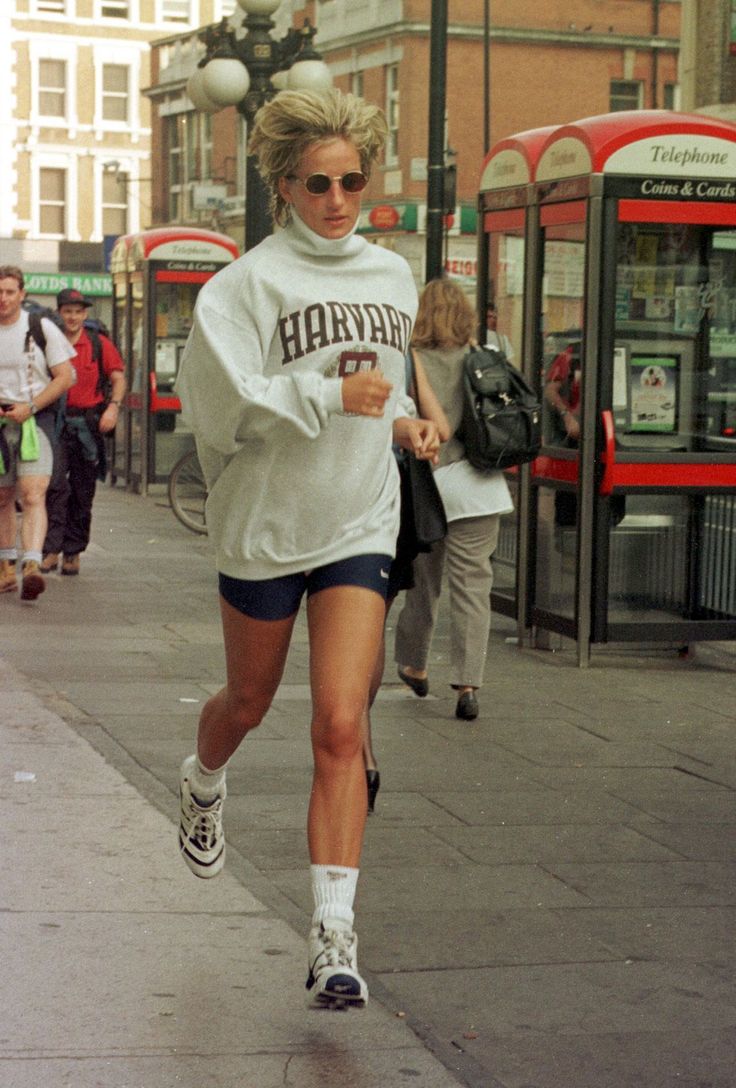
Fast forward to 2025, and the It Girl has been rebranded, repackaged, and replicated in bulk like a Zara blazer. What was once the ineffable je ne sais quoi is now SEO-optimised, trend-cycled, and algorithm-approved. Welcome to the It-Girl Industrial Complex™—where TikTok and Instagram churn out mini muses at factory speed. They come with uniform curtain bangs, matcha lattes, Loewe tank tops, and a tragic backstory for relatability.
Each week, a new ‘It Girl’ is crowned by the court of public opinion (i.e., a viral tweet). They’re often named things like Coco or Ottilie. They do Pilates. They own three books. They are signed to a management agency that also represents a kombucha brand. Their “effortless” lives are curated within an inch of their serotonin levels.
But if everyone’s an It Girl, is anyone?
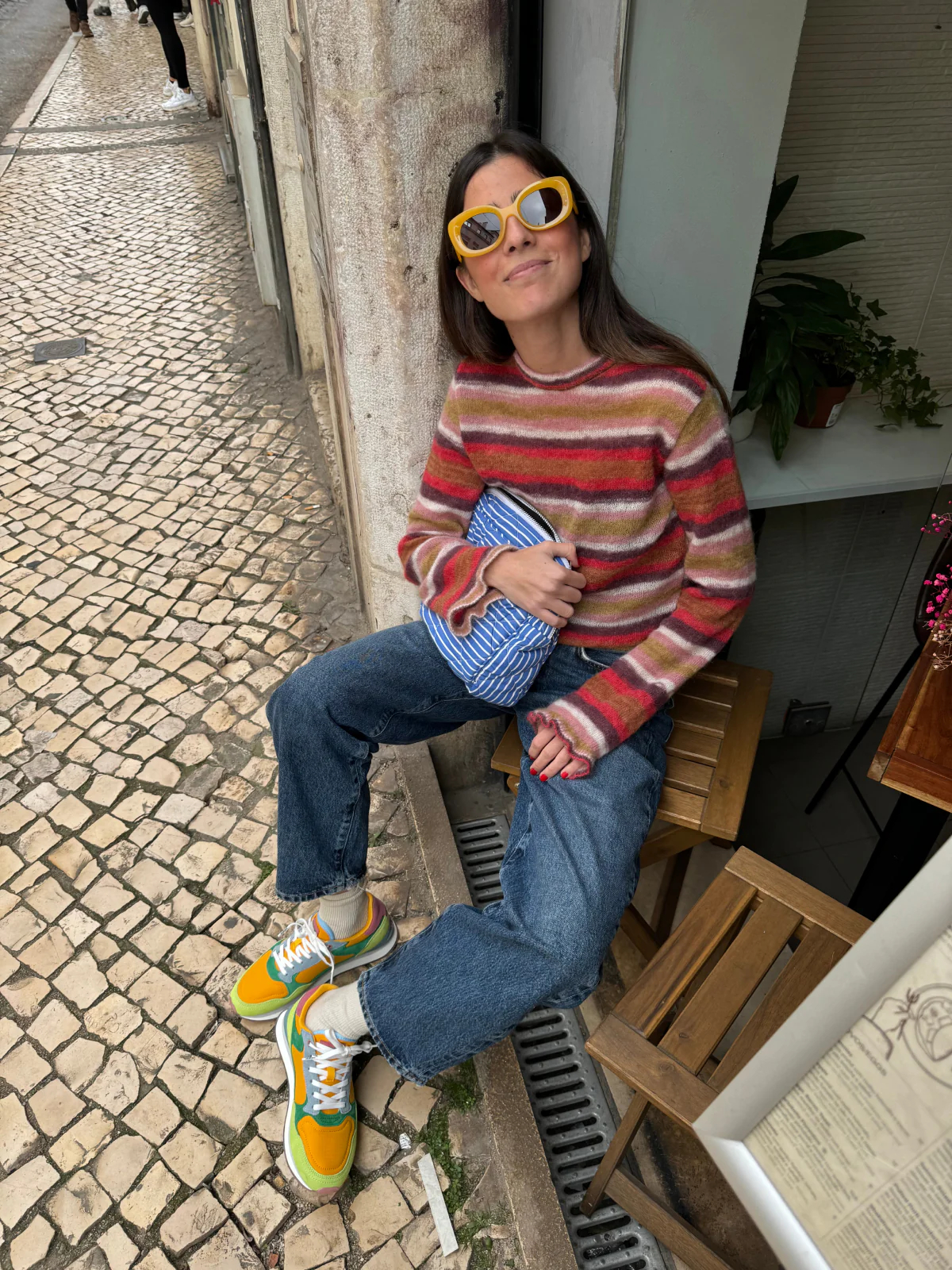
There is no longer time for mythology to take hold. By the time one girl has started influencing, another has already started her podcast. They aren’t allowed to become cultural icons, because they’re too busy being content creators. Style isn’t discovered on the street anymore, it’s monetised in a video labelled “clean girl aesthetic with a twist”. Even their eccentricities are algorithm-friendly: “girl who dresses like a 90s dentist but only listens to trance remixes of medieval hymns.” A niche—until it’s not.
And the problem isn’t just saturation. It’s disposability. We consume these girls like we do fast fashion—obsessively, briefly, and then not at all. The same platforms that elevate them with a 20k-follower boost will eventually drown them under the next wave of hotter, cooler, more relatable content. The lifespan of an It Girl today is roughly the same as a glass of natural wine left out in the sun: once fizzy, now flat.
Where is the mystery, the messiness, the contradictions? When did we trade in intrigue for LinkedIn-core hustling disguised as cool? Jane Birkin didn’t have a five-year plan. Diana didn’t monetise her trauma. Chloe Sevigny would rather eat glass than do an ‘Amazon Favourites’ haul.
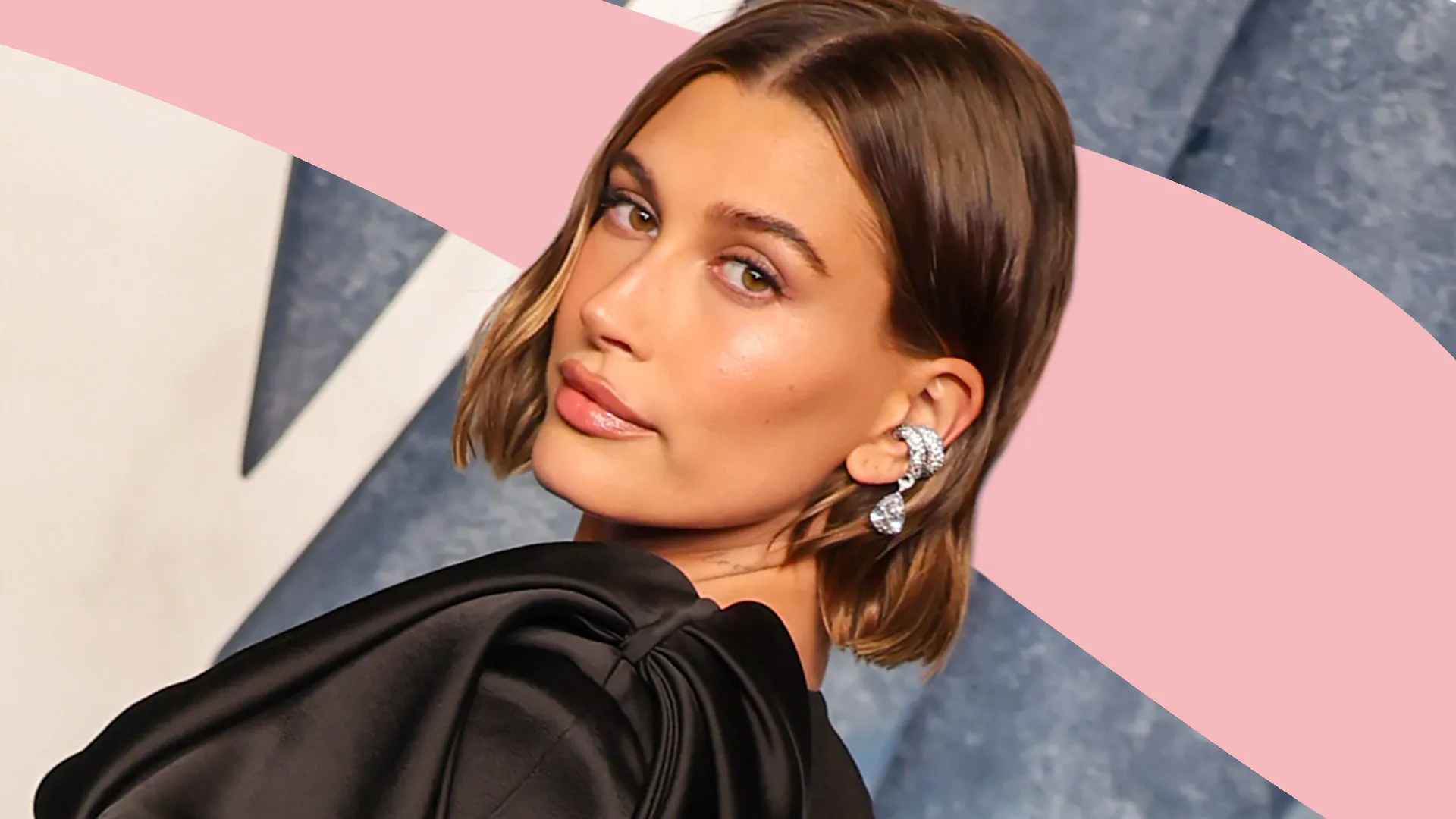
What we’re witnessing is not the death of the It Girl, but the mechanisation of her. The It Girl has become a job title. A vertical. A pitch deck. What once fluttered by like a rare butterfly now comes pre-ordered in pastel packaging with a discount code.
And maybe that’s fine. Maybe we live in an era of *micro-*It Girls—localised deities with niche appeal and five-day expiration dates. But part of me still longs for a world where the It Girl didn’t need to tell you she was one. She just was. Effortlessly, ephemerally, and without an app in sight.
Until then, I’ll be mourning the originals with a scarf tied just-so and a cigarette I won’t light.
For more stories of fashion, visit our dedicated archives and give our Instagram feed a follow.
